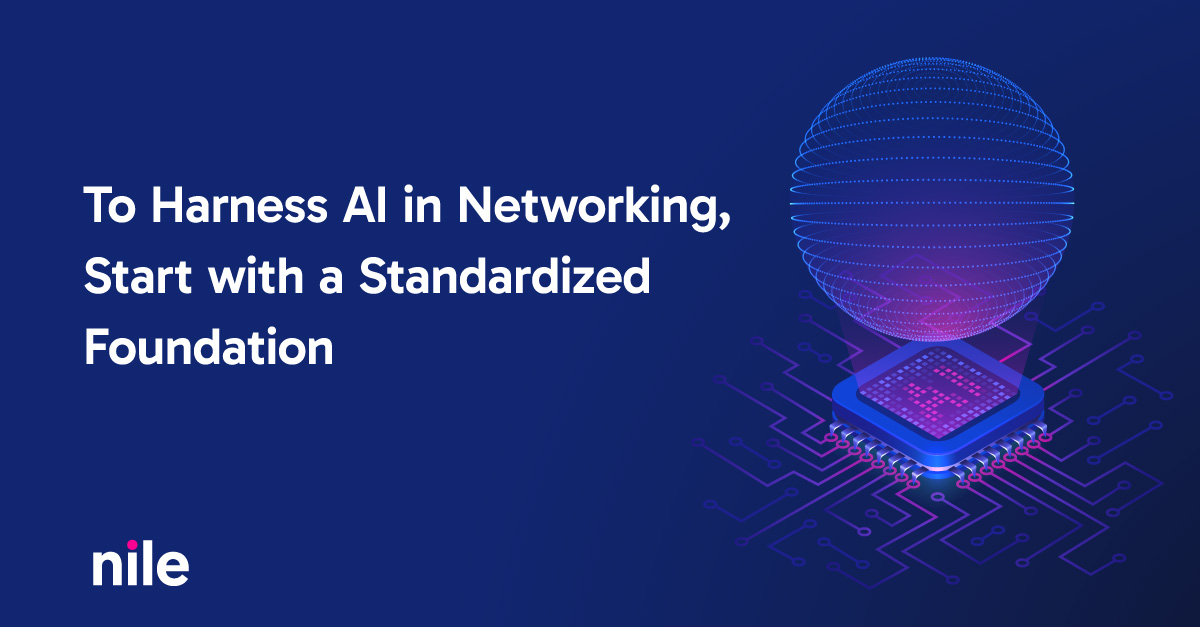Share Via
In recent conversations with higher education IT organizations it seems that every one of them is racing to redefine what makes their campus stand out. In the past, reputation was built on academic excellence, facilities, or location. Today, it’s equally defined by the digital experience offered—and for students, that begins and ends with the network.
Students expect instant, secure, and reliable connectivity anywhere on campus—whether they’re streaming a lecture, collaborating in the lab, or joining a late-night gaming session in the dorms. A slow or unreliable experience doesn’t just create frustration; it shapes perceptions of the entire institution. When Wi-Fi or wired networks fail, students don’t blame their device—they blame the university.
It’s why more colleges are rethinking their LAN from the ground up. They’re recognizing that the campus network is no longer just an IT function—it’s a strategic asset that influences enrollment, engagement,
and even retention.
The Challenge: Legacy Networks, Modern Expectations
The problem isn’t that colleges haven’t invested in their networks—they’ve spent years replacing hardware, layering on visibility and management tools, and then adding on security systems to shore up legacy vulnerabilities. The issue is that many of those investments never addressed the basics, they just made the network more complex, and harder to quickly troubleshoot issues.
IT organizations found themselves relying on legacy architectures where security, visibility, device onboarding—means another product, another configuration, and another management console. The result is a fragmented experience that’s difficult for IT to manage and even harder for students and professors to trust.
At the same time, shrinking budgets, limited staffing, mounting cybersecurity pressure and performance issues tied to the increasing use of AI applications only amplify the problems. Delivering high-performance, always-on connectivity to thousands of users across wired and wireless domains has become a daily balancing act.
Something has to change
At Nile, we believe the campus LAN can deliver the digital experience that everyone expects—without the lifecycle management, complexity and IT burden. Our approach replaces the patchwork of legacy components and failing operational tactics with an standardized AI-powered architecture and Zero Trust Fabric that’s embedded directly into a campus Network-as-a-Service (NaaS) model.
Rather than layering on complexity, Nile’s standardized campus NaaS architecture is designed to deliver simplicity, consistency, and predictability with the following benefits:
- Simplified operations: AI-powered automation that reduces alerts, manual troubleshooting and configuration tasks, allowing IT teams to focus on strategic initiatives.
- Consistent security posture: Enhanced Zero Trust policies apply across wired and wireless networks anywhere on campus, providing uniform protection and compliance adherence for IT-managed, student owned BYOD, and IoT/OT demands.
- Predictable costs: A NaaS model that replaces fragmented CapEx cycles with a subscription-based approach that aligns to evolving coverage and bandwidth demands, as well as restrictive budget and timing constraints.
- Improved experience: Faculty, students, researchers, and visitors all gain frictionless connectivity that “just works,” with industry’s only performance guarantee whether in a classroom, lab, outdoor courtyard or dorm
This isn’t just a technology shift—it’s an operational transformation that directly supports the goals of higher education institutions today. That’s why forward-thinking universities and colleges are moving toward a NaaS model.
We realize that it’s a journey. Moving from the status quo to an operational NaaS model that includes wired and wireless infrastructure, IT-managed, BYOD and IoT/OT onboarding, AI automation, and Zero Trust security will require some research, planning and legwork. We’re here to help.
To learn more:
- Nile Higher Education Website
- Attend our upcoming Webinar on October 22, 2025 – Getting Higher-Ed Networks Future-Ready with NaaS
- If attending EDUCAUSE 2025, stop by Booth #1561




